Showing 517–528 of 632 results
-

- High Purity: Ensures uniform film deposition with minimal contamination.
- Excellent Optical Properties: Provides transparency and reflectivity for optical applications.
- Electrical Conductivity: Suitable for applications requiring conductive thin films.
- Durable and Stable: Resistant to chemical and thermal degradation, ensuring long-lasting performance.
- Versatile Compatibility: Can be used with various sputtering systems and processes.
-

$25.00 – $130.00
- High Refractive Index: Ti₃O₅ has a high refractive index, making it suitable for optical coating applications where control of light reflection and transmission is essential.
- Excellent Thermal Stability: With a high melting point and stability at elevated temperatures, Ti₃O₅ is ideal for use in high-temperature processes like e-beam and thermal evaporation.
- Good Catalytic Properties: Ti₃O₅ has notable catalytic capabilities, especially in photocatalytic reactions for air and water purification.
- Durability and Hardness: Ti₃O₅ thin films are durable and resistant to wear, making them suitable for both protective and decorative purposes.
- Semiconducting Properties: With its semiconducting characteristics, Ti₃O₅ is useful in electronic components and sensor technology.
-

- High Purity: Ensures consistent and reliable thin-film quality.
- Stable Performance: Exceptional thermal and chemical stability for demanding applications.
- Customizable Configurations: Available in various sizes and forms to suit diverse deposition systems.
- Optical Clarity: Produces transparent coatings with excellent optical properties.
- Durability: High resistance to mechanical stress and environmental degradation.
-
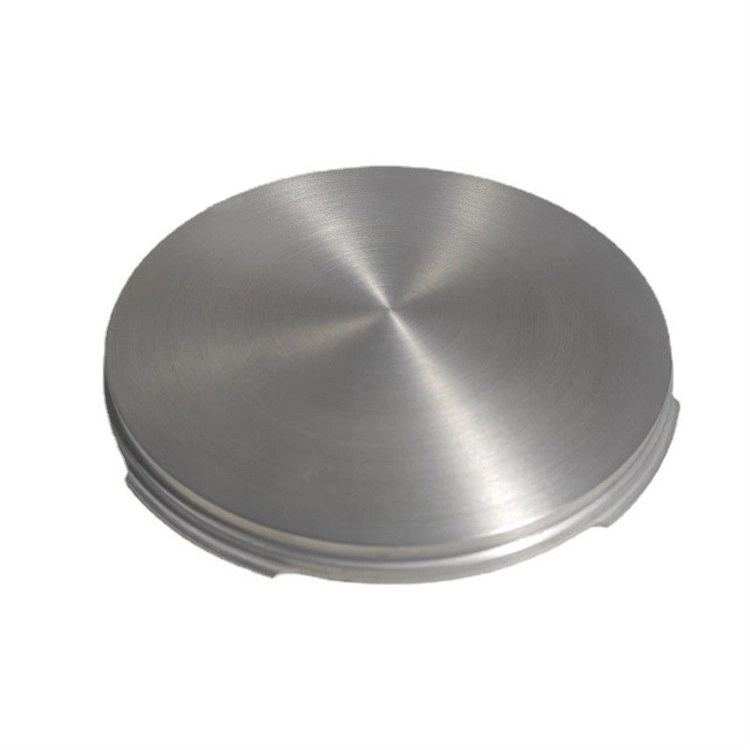

- High Strength-to-Weight Ratio: TiAl alloys combine the lightweight nature of aluminum with the strength of titanium, making them ideal for thin films in high-performance applications.
- Corrosion and Oxidation Resistance: TiAl films provide excellent resistance to corrosion and oxidation, ensuring durability and longevity in harsh environments.
- Thermal Stability: TiAl alloys can withstand high temperatures without losing mechanical properties, making them suitable for applications in high-temperature environments.
- Good Adhesion: TiAl thin films exhibit excellent adhesion to substrates, which is crucial for semiconductor and coating applications where film integrity is vital.
- Wear Resistance: The addition of titanium improves the hardness and wear resistance of TiAl coatings, contributing to extended tool life and enhanced component durability.
-


- High Strength-to-Weight Ratio: Ideal for lightweight and robust components.
- Excellent High-Temperature Resistance: Retains strength at elevated temperatures.
- Oxidation and Corrosion Resistance: Prolongs material lifespan in harsh environments.
- Customizable Ti-Al Ratios: Tailored to meet specific industrial requirements.
- Wide Range of Particle Sizes: From nano to micrometer scales for diverse applications.
-

- High Hardness: TiB₂ has one of the highest hardness values among borides, making it ideal for creating hard coatings that resist wear and abrasion.
- Thermal Stability: It has excellent thermal conductivity and stability at high temperatures, which is critical for coatings used in high-temperature applications.
- Electrical Conductivity: TiB₂ is a good conductor of electricity, allowing its use in thin-film applications that require conductivity without sacrificing durability.
- Corrosion Resistance: TiB₂ is resistant to many corrosive environments, especially when exposed to molten metals or extreme industrial conditions.
- Strong Adhesion: TiB₂ coatings bond strongly to a variety of substrates, ensuring long-lasting performance in industrial and electronic applications.
-
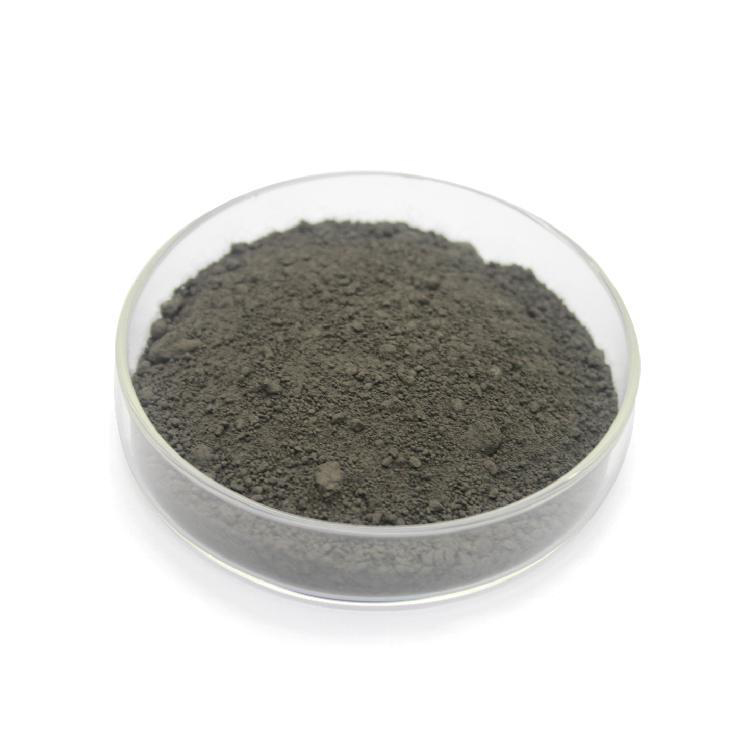
- Exceptional Hardness: Highly resistant to wear and abrasion.
- High Thermal Conductivity: Ideal for heat dissipation applications.
- Excellent Corrosion Resistance: Stable in molten metals and harsh chemical environments.
- Electrical Conductivity: Suitable for conductive ceramics and electrodes.
- High Melting Point: Withstands extreme temperatures without degradation.
- Customizable Particle Size: Tailored to specific application requirements.
-
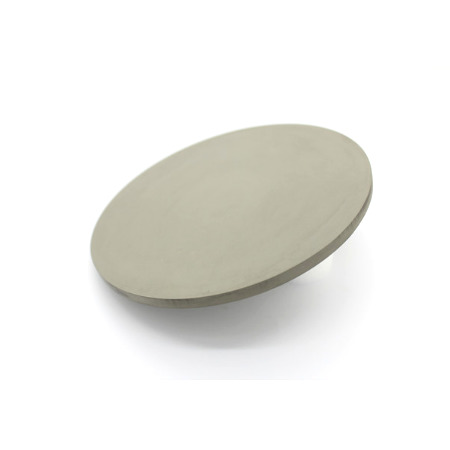

- Exceptional Hardness: Provides superior durability and wear resistance.
- High Thermal Stability: Performs well under extreme temperatures.
- Electrical Conductivity: Suitable for electronic applications requiring conductive layers.
- Corrosion Resistance: Withstands harsh chemical environments.
- High Purity: Ensures consistent thin-film quality and reliable performance.
-

- High Hardness: TiC is extremely hard, making it useful for coatings that require high wear resistance.
- Thermal Stability: TiC can withstand high temperatures, making it ideal for high-temperature deposition and coating processes.
- Corrosion Resistance: TiC coatings provide excellent resistance to oxidation and chemical corrosion, enhancing component longevity in harsh environments.
- Electrical Conductivity: As a conductive ceramic, TiC is suitable for applications requiring both mechanical strength and electrical conductivity.
-

- High Hardness: Ideal for cutting and abrasive applications.
- Superior Thermal Stability: Maintains integrity at elevated temperatures.
- Excellent Wear Resistance: Prolongs the life of coatings and components.
- Chemical Inertness: Resists corrosion in harsh chemical environments.
- Conductive Properties: Suitable for electrical and thermal applications.
- Customizable Particle Size: Available in nano and micron forms to meet specific application needs.
-
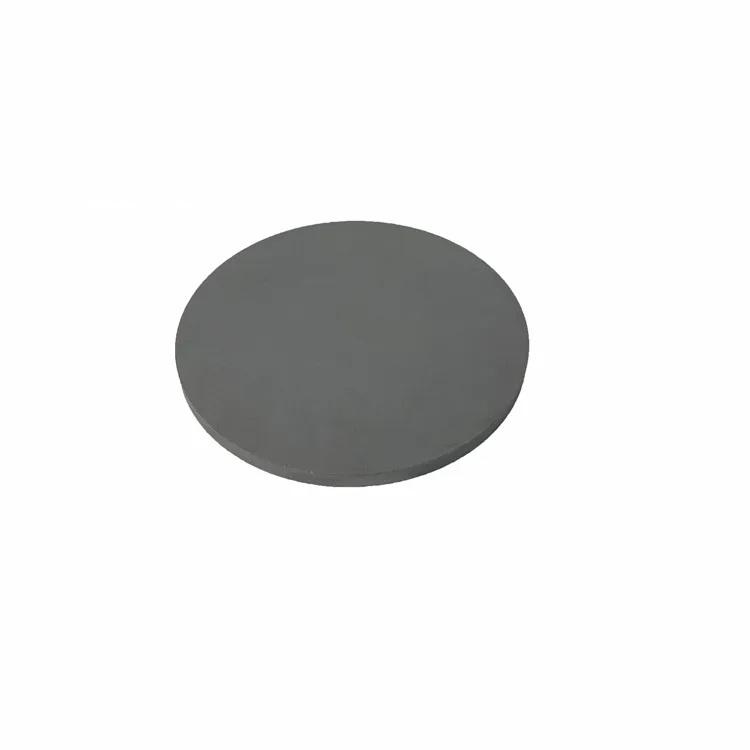
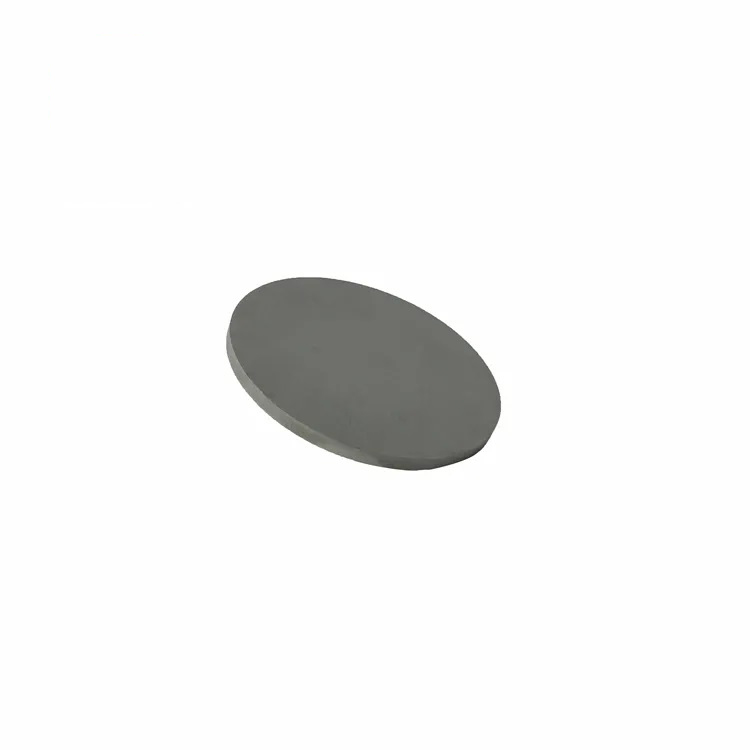
- High Hardness: TiC coatings provide excellent hardness, making them suitable for wear-resistant applications like cutting tools and dies.
- Corrosion Resistance: TiC films resist oxidation and corrosion, providing a protective barrier in harsh environments, including high-temperature applications.
- Thermal Stability: TiC has high thermal stability, making it ideal for coatings in high-temperature operations such as aerospace and automotive components.
- Electrical Conductivity: TiC exhibits good electrical conductivity, making it suitable for certain electronic and semiconductor applications where conductivity is critical.
- Chemical Resistance: TiC coatings offer chemical resistance, providing protective layers against corrosive agents and harsh chemicals.
-

- High Strength and Durability: Ensures reliable performance under mechanical stress.
- Excellent Corrosion Resistance: Suitable for harsh and corrosive environments.
- Biocompatibility: Ideal for medical applications such as implants and prosthetics.
- Customizable Ti-Mo Ratios: Tailored compositions for specific requirements.
- Wide Particle Size Range: Available from nanoscale to micrometer dimensions.
















